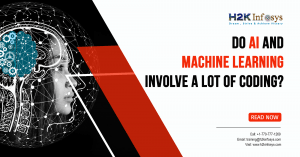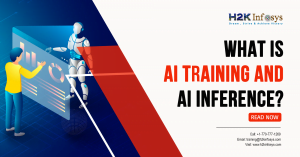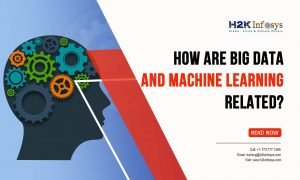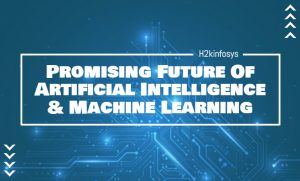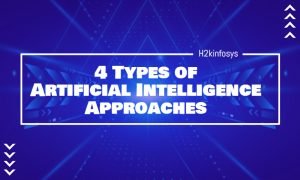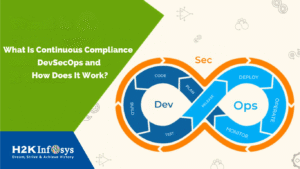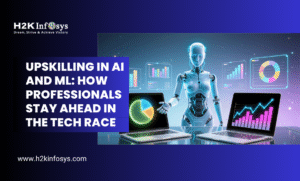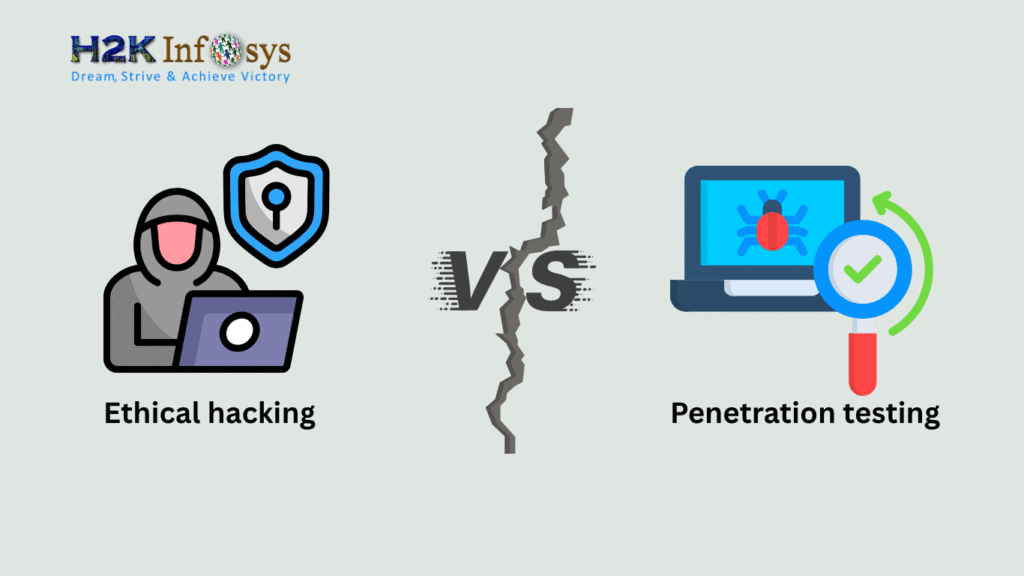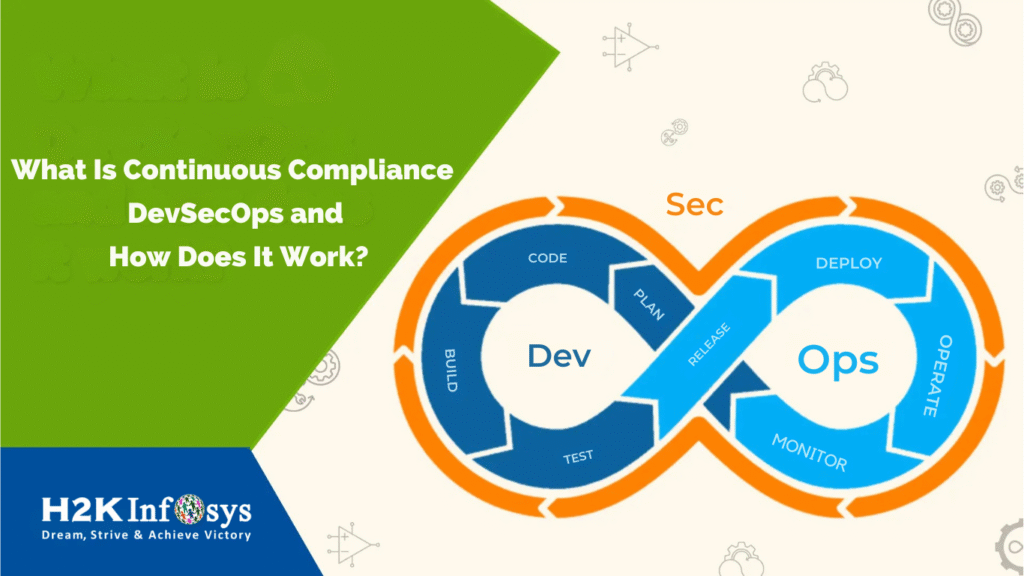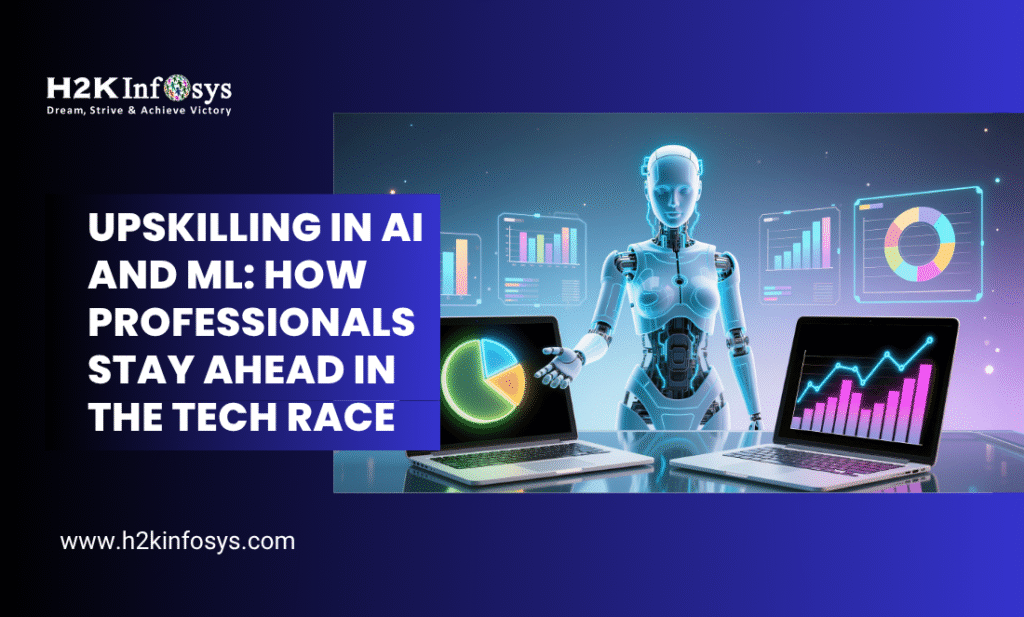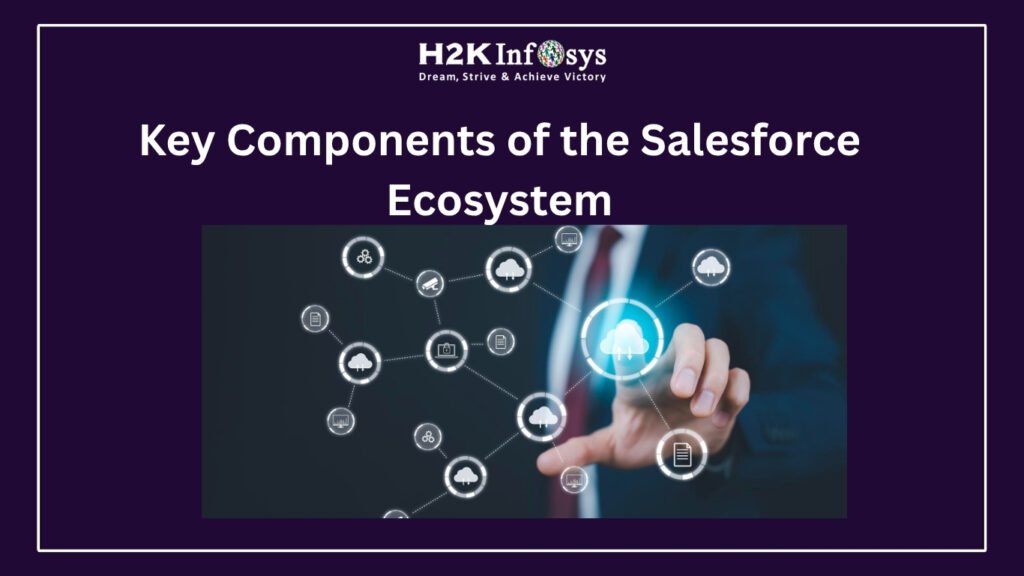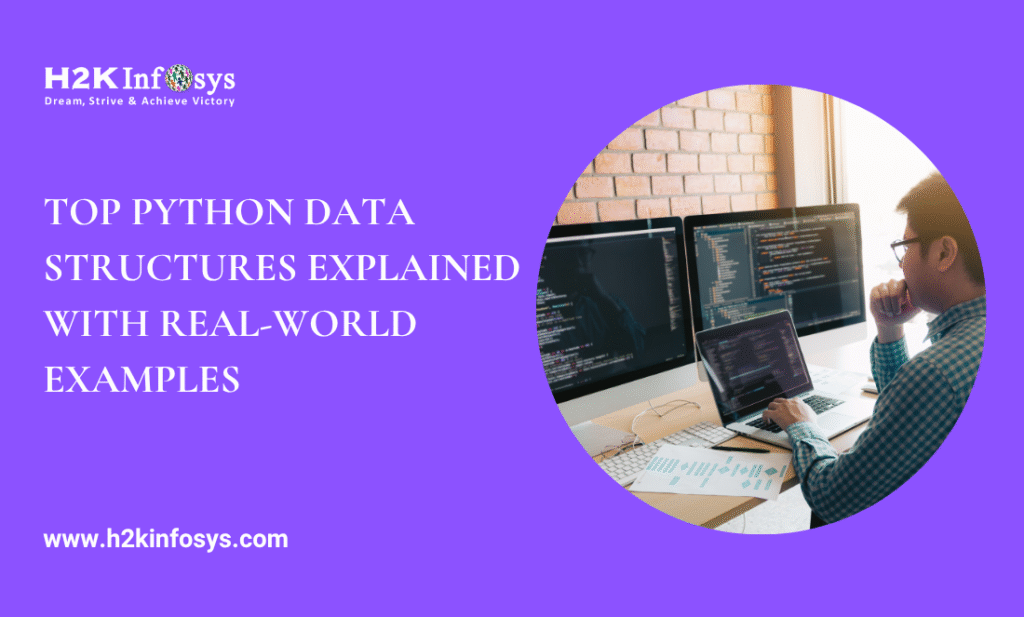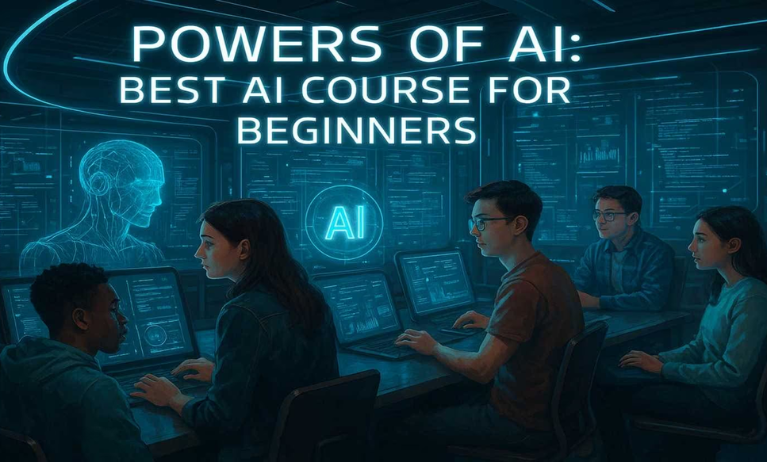Introduction: Why Learn AI and ML Today?
The Learn Artificial Intelligence (AI) and Machine (ML) are no longer futuristic concepts. They’re already transforming industries from healthcare and finance to marketing, cybersecurity, and transportation. Companies worldwide are integrating intelligent systems to make faster, data-driven decisions, improve customer experiences, and gain a competitive edge.
As a result, the demand for professionals skilled in Artificial Intelligence and Machine Learning is skyrocketing. Whether you’re a student, working professional, or someone curious about cutting-edge technology, now is the perfect time to get started. But how exactly do you learn these complex topics? What’s the best path to follow? What skills should you build first? And most importantly, how can you make yourself job-ready?
However, if you do lack the same, then enrolling in an AI online course for beginners can help you with covering the basics.
What Are Artificial Intelligence and Machine Learning?
Before jumping into the learning path, let’s define both:
- Artificial Intelligence (AI): The science of creating systems that can simulate human intelligence. This includes reasoning, problem-solving, understanding language, and even creativity.
- Machine Learning (ML): A subset of AI that enables machines to learn from data and improve over time without being explicitly programmed.
Together, Artificial Intelligence and Machine Learning power technologies like self-driving cars, recommendation engines (like Netflix and YouTube), fraud detection systems, chatbots, and voice assistants.
Learn the Basics of Programming
To effectively work with Artificial Intelligence and Machine Learning, a strong foundation in programming is essential.
Recommended Language: Python
Python is the most widely used language in the AI/ML community due to:
- Simple syntax
- Powerful libraries (like NumPy, Pandas, TensorFlow, Scikit-learn)
- A huge community and support system
Start by learning:
- Variables, data types, and loops
- Functions and conditional statements
- Object-Oriented Programming (OOP)
- Working with data structures (lists, dictionaries, sets)
Resources:
- Online tutorials
- Python documentation
- Beginner Python courses
Build a Foundation in Math and Statistics
You don’t need a PhD, but a basic understanding of key mathematical concepts is crucial for building ML models and understanding how they work.
Key Areas to Focus On:
- Linear Algebra: Vectors, matrices, dot product
- Calculus: Derivatives and gradients (especially for neural networks)
- Probability & Statistics: Mean, variance, standard deviation, Bayes’ theorem, distributions, hypothesis testing
Math helps you understand the “why” behind ML algorithms. Many Artificial intelligence and machine learning course modules dedicate entire sections to this.
Learn Data Handling and Analysis
In AI and ML, data is everything. You’ll work with massive datasets and need to know how to clean, process, and visualize it effectively.
Tools & Libraries:
- Pandas: For manipulating structured data
- NumPy: For numerical computing
- Matplotlib & Seaborn: For data visualization
Skills to Build:
- Reading data from files (CSV, JSON)
- Handling missing data
- Data normalization and transformation
- Outlier detection
- Creating visual insights
Understand the Machine Learning Workflow
This is where things get more exciting. Machine Learning is all about training models to make predictions or classifications based on data.
Core Concepts to Learn:
- Supervised Learning: Algorithms like linear regression, decision trees, and SVM
- Unsupervised Learning: Clustering, dimensionality reduction
- Model Evaluation: Accuracy, precision, recall, F1 score
- Overfitting vs Underfitting
- Train/Test split and cross-validation
Popular ML Libraries:
- Scikit-learn: Easy-to-use library with many ML algorithms
- XGBoost & LightGBM: For advanced boosting methods
Many Artificial Intelligence and Machine Learning courses use Scikit-learn to teach these fundamental ML concepts.
Dive into Deep Learning
Deep Learning is a branch of ML that uses artificial neural networks inspired by the human brain. It’s behind image recognition, speech processing, and natural language understanding.
Learn These Concepts:
- Neural networks
- Activation functions
- Forward and backward propagation
- Convolutional Neural Networks (CNNs)
- Recurrent Neural Networks (RNNs)
- Transfer learning
Tools to Use:
- TensorFlow
- Keras
- PyTorch
Deep Learning is essential if you want to build AI applications like voice assistants, chatbots, or image classifiers.
Work on Real-World Projects
Theory is not enough. Practice is key.
Working on real-world projects will help you:
- Reinforce your learning
- Build a portfolio
- Gain confidence to solve problems
- Stand out to recruiters
Example Projects:
- Spam email detector
- Movie recommendation system
- Sentiment analysis on tweets
- Stock price predictor
- Object detection using images
- Chatbot with NLP
A good Artificial intelligence and machine learning course will include capstone projects, but you can also explore Kaggle competitions or open-source projects.
Explore Natural Language Processing (NLP)
NLP helps machines understand and respond to human language. It’s one of the fastest-growing fields in AI.
Key Topics:
- Tokenization
- Stemming and Lemmatization
- Bag of Words, TF-IDF
- Word Embeddings (Word2Vec, GloVe)
- Language models (GPT, BERT)
- Text classification, translation, summarization
With tools like NLTK, spaCy, and Transformers, you can start building chatbots, email classifiers, or even content generators.
Take a Structured AI/ML Course
While self-learning is great, a structured Artificial intelligence and machine learning course can significantly accelerate your progress. These courses provide:
- Curated learning paths
- Hands-on labs
- Access to mentors and communities
- Certification (which is useful for job applications)
What to Look for in a Course:
- Covers both theory and practical application
- Teaches both ML and Deep Learning
- Includes real projects and assignments
- Offers career guidance and placement support
Look for programs that also offer AI ethics, deployment techniques, and model optimization as part of their curriculum.
Learn to Deploy and Scale Your Models
Knowing how to build a model is only half the battle. In real-world scenarios, you must deploy and maintain it.
Learn These Tools:
- Flask or FastAPI for creating web APIs
- Docker for containerizing applications
- AWS/GCP/Azure for cloud deployment
- MLflow for tracking and managing models
This knowledge will help you build end-to-end AI products and make you more valuable in the job market.
Stay Updated with AI/ML Trends
AI/ML is evolving rapidly. To stay ahead:
- Read research papers from arXiv or Google AI Blog
- Follow AI thought leaders on LinkedIn and X (formerly Twitter)
- Participate in communities like Reddit r/MachineLearning, Data Science Stack Exchange
- Explore new frameworks and pre-trained models (e.g., LLMs like GPT)
A successful career in Artificial Intelligence and Machine Learning requires continuous learning.
Career Opportunities in AI and ML
With the right skills and portfolio, you can apply for roles such as:
- Machine Learning Engineer
- Data Scientist
- AI Engineer
- Computer Vision Engineer
- NLP Specialist
- Research Scientist
- Business Intelligence Developer
These roles often come with high salaries and excellent growth opportunities. According to recent industry reports, the demand for AI professionals is expected to grow by 40%+ over the next 5 years.
Key Takeaways
- Start with Python and build your programming foundation.
- Strengthen your math and statistics knowledge.
- Learn to handle, analyze, and visualize data.
- Master machine learning algorithms using Scikit-learn.
- Dive into deep learning with TensorFlow or PyTorch.
- Work on real-world projects to build your portfolio.
- Explore NLP and advanced AI topics.
- Take a structured Artificial intelligence and machine learning course for guided learning.
- Learn deployment and DevOps skills to make your solutions production-ready.
- Stay current with trends, tools, and frameworks.
Final Thoughts
Learning Artificial Intelligence and Machine Learning may seem overwhelming at first, but with the right approach and consistent effort, it becomes an exciting journey. Whether you want to switch careers, enhance your current role, or build intelligent systems, the skills you gain in AI and ML will be future-proof and in high demand.
If you’re ready to start your journey, look for an Artificial intelligence and machine learning course that offers a balanced mix of theory, hands-on practice, and real-world projects. Invest in your learning today and shape the intelligent solutions of tomorrow.

